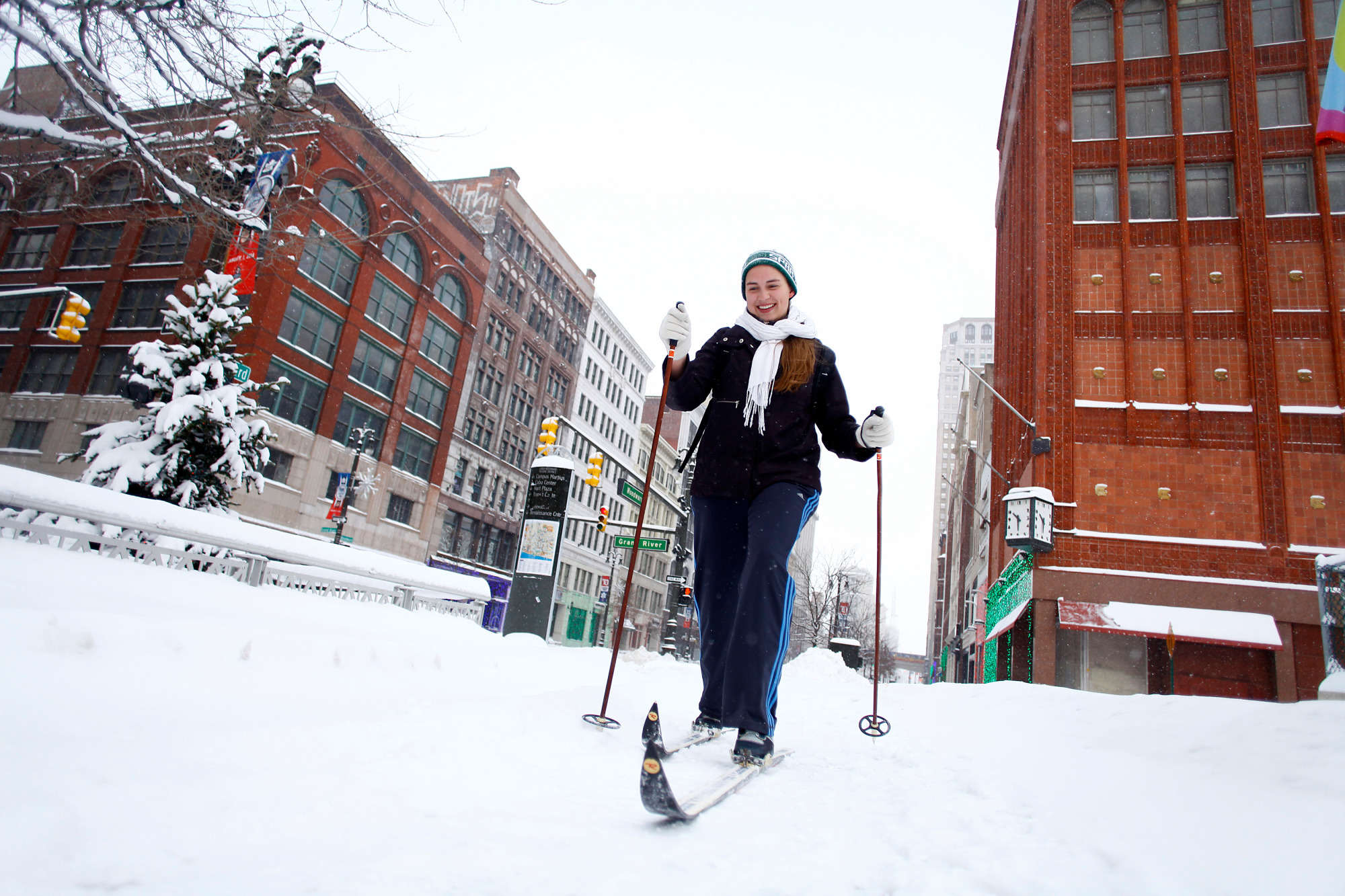
It’s President’s Day, and thanks to the polar vortex you’ve probably been cooped up inside your house for days or maybe even a full week as the snow continues to fall. And the weather is taking a toll. Many are complaining of cabin fever or worse — snow rage.
Cabin fever isn’t a psychiatric diagnosis, but it does exist, says Josh Klapow, a clinical psychologist with a PhD at the school of public health at the University of Alabama at Birmingham. “Basically, it’s your mind’s way of telling you that the environment you are in is less than optimal for normal functioning,” he says. “It’s when you’re in a space of restricted freedom for a period of time that you can no longer tolerate.”
Before you get full on “snow rage” — a term the media has coined for the extreme angst people are feeling about the weather — and pull a shotgun on a snow plow driver, here’s how you can recognize when you’re getting too stir crazy and how you can cope.
You probably are getting cabin fever if any of the following are true:
The best way to get yourself out of your slump and in a happier mood is to get moving, find natural sunlight, and do anything that can engage your cognitive activity. The more ambitious snowed-in people can go for a run around the bloc, start a home improvement project or read a book by window. Those feeling a little less motivated can at least make a snow angel for 10 minutes, sketch out projects they will take on once it’s sunny again, or at least pull up the blinds and play a brain-teasing app like QuizUp. Anything but watching marathons of TV on the couch. Sorry, House of Cards fans, but unless your body and brain are active you are likely to become listless and depressed.
Also, avoid foods that will only make you feel more sluggish or more irritated. “We have a tendency, particularly in this country, of shoving ourselves full of high-carb and high-fat foods when we have nothing else to do. That’s not good because they create lethargy,” says Klapow. “The other thing we do is sit around and drink coffee, which is also bad because that feeds agitation.”
For some, it’s not just a matter of motivating themselves to cheer up but also motivating kids who have been stuck inside during a series of snow days. “I can say as someone whose kids have been home for the last four days, you get to a point where you’re turning around and being like, ‘Are you still here?'” jokes Klapow.
Though having children home for days at a time during the school week can be tough, solving their cabin fever is even easier than solving yours. “Kids are going display their cabin fever in a more obvious sort of way. They’re going to pick on each other or they’re going to jump up and down,” says Klapow. “But we can tell them to go bundle up and run around outside for 15 minutes, whereas its harder to motivate ourselves to do the same as adults. You can control what they’re eating, even though its harder for us to regulate our own food intake. But helping your kids get energized with games and the right eating habits can help you alleviate your cabin fever too.”
It’s important, he says, to find ways to up our mood before we reach our tipping point. “Snow rage is not a clinical diagnosis,” Klapow says. “But you can think of it as the point where individuals have lost their ability to control their emotions, and the results are actions that are harmful to others — like yelling at a spouse or hitting your neighbor with a snow shovel.”
Let’s hope the snow ends soon so it doesn’t come to that.
More Must-Reads from TIME
- Cybersecurity Experts Are Sounding the Alarm on DOGE
- Meet the 2025 Women of the Year
- The Harsh Truth About Disability Inclusion
- Why Do More Young Adults Have Cancer?
- Colman Domingo Leads With Radical Love
- How to Get Better at Doing Things Alone
- Michelle Zauner Stares Down the Darkness
Write to Eliana Dockterman at eliana.dockterman@time.com